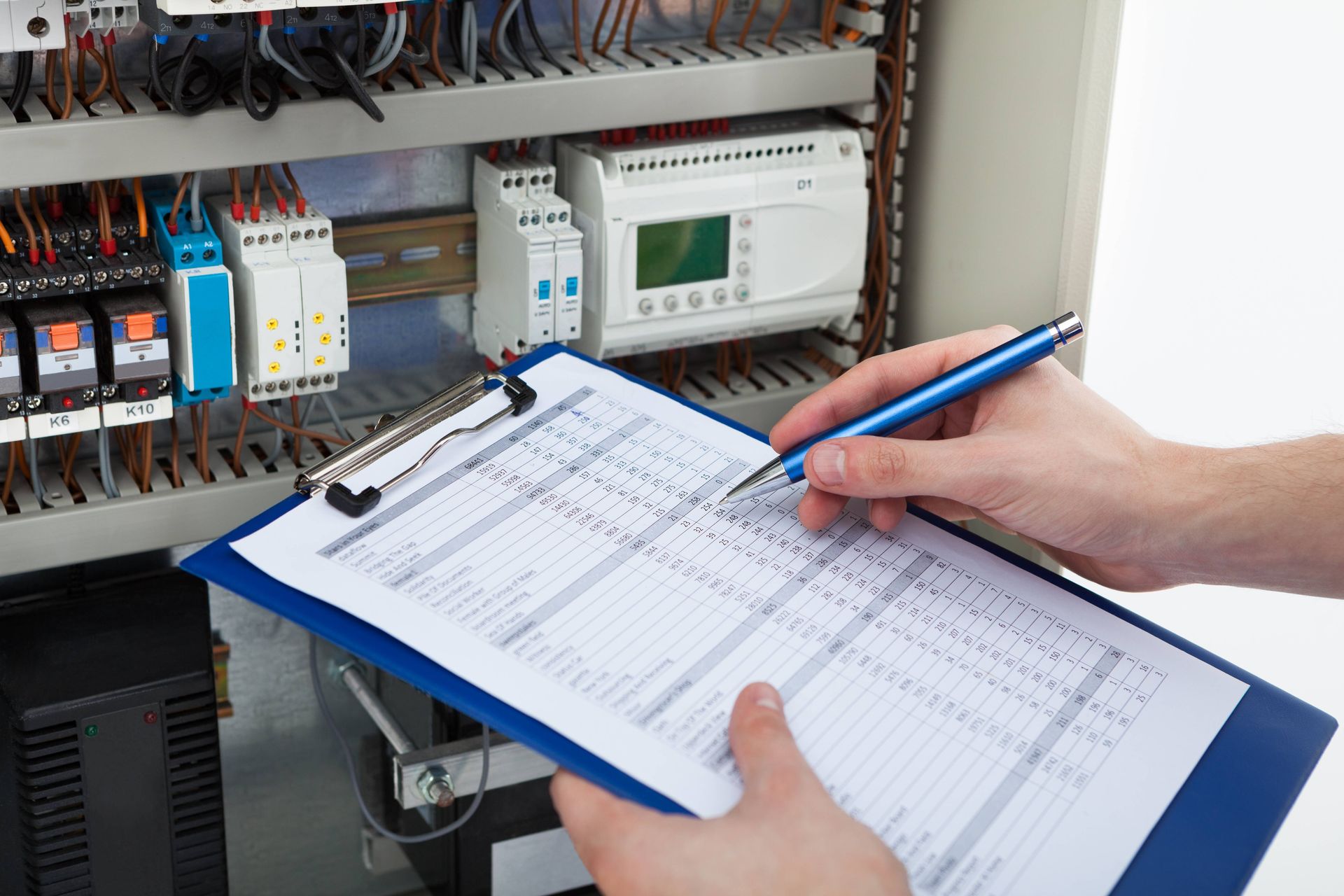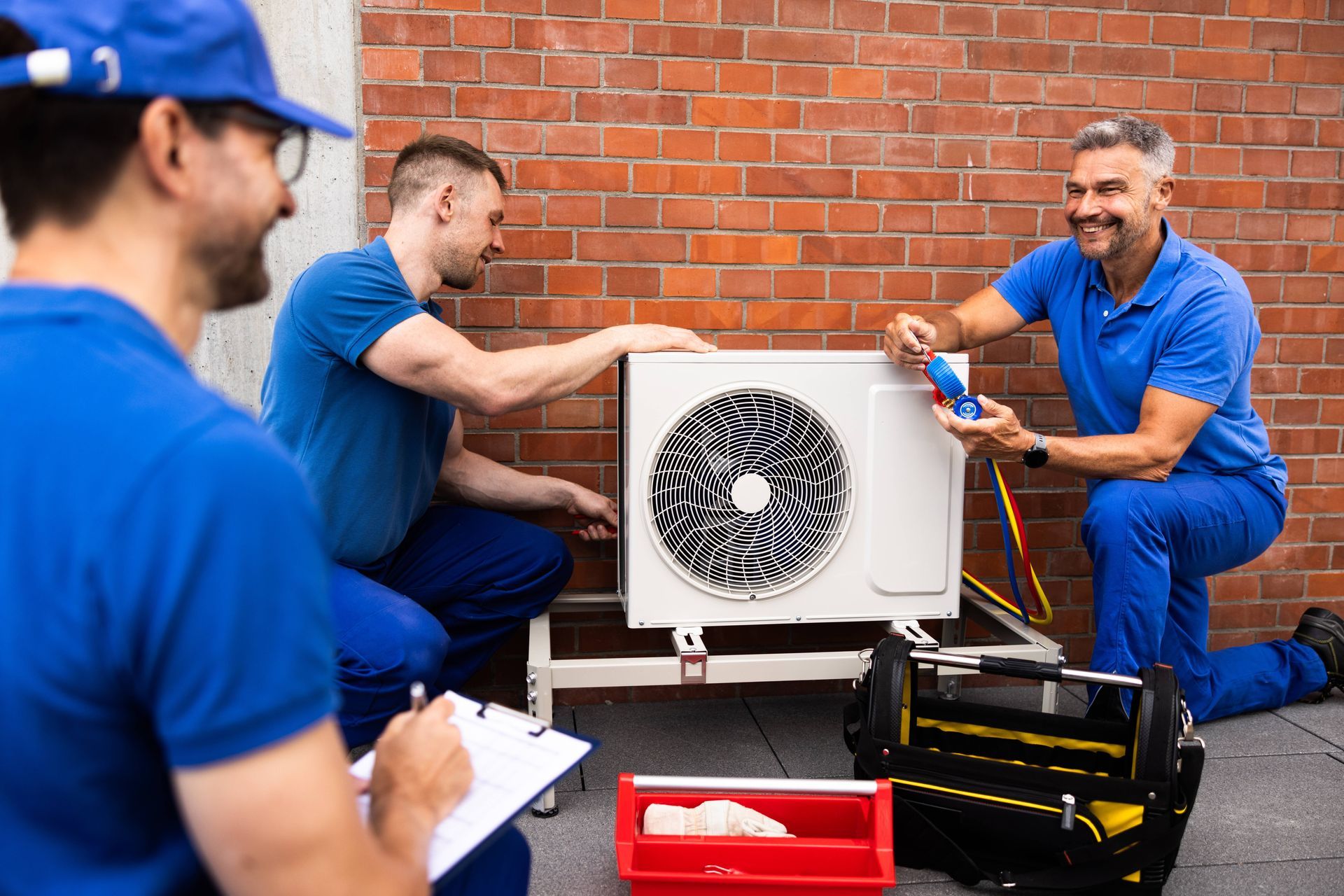3 Ways to Prevent a Power Surge
In today's technology-driven world, homes are filled with electronic devices: from computers, televisions, hair dryers, refrigerators, to smart appliances and more. These devices enhance our lives, but they are easily susceptible to an all-too-common issue: power surges. Understanding what power surges are and what causes them is the first step toward keeping the electronics in your home safe and working properly. We explore three effective strategies to prevent power surges.
What is a Power Surge?
Before we get into what causes power surges, we first have to answer the question, “What is a power surge?” A power surge is a sudden and rapid increase in voltage within an electrical circuit. This surge typically doesn’t last long (often only a fraction of a second), but it can significantly damage your electronic devices. If power surges go unnoticed, the lifespan of your devices can decrease rapidly, or you may find your devices completely non-functional.
What Causes Power Surges?
From inside of your home to outside, there are several things that can cause power surges. The most common causes include:
1. Electrical Grid Fluctuations
Power surges can happen thanks to lightning strikes, downed power lines, or sudden changes in power demands. These external surges find their way into your home through the electrical lines that bring power into your home.
2. Appliance Usage
Large appliances with motors, such as refrigerators, air conditioners, and washing machines, can create power surges when they cycle on and off. These surges are internal and can affect other devices connected to the same circuit. If you have ever had the TV, microwave, and window unit AC on while drying your hair, for example, you have probably experienced the outage that comes with an overburdened circuit.
3. Lightning
Lightning is another major cause of power surges. A lightning strike near a power line can send a surge of electricity through the line and into connected homes and devices.
4. Faulty Wiring
Outdated or faulty wiring within your home is another cause of irregular voltage flow and power surges. If you have poorly insulated wires or damaged outlets, these can make the issue worse and lead to damaged electronics.
Preventing Power Surge Damage
So far, we have answered these questions: What is a power surge? What causes power surges? Now, we have the final question: How do you prevent power surges from causing damage?
1. Install Surge Protectors
Surge protectors, or surge suppressors, absorb excess voltage and divert it away from your electronics. These are placed between your devices and power outlets and are the simplest and most effective way to ensure that your electrical devices are protected from potential power surges.
2. Unplug During Storms
Lightning strikes are a significant source of power surges. To minimize the risk of a power surge, unplug sensitive electronics during severe weather.
3. Upgrade Wiring and Outlets
If your home has outdated wiring, consider investing in an electrical upgrade.
Contact Us Today
Though only lasting a fraction of a second, power surges can be an incredibly damaging phenomenon. Luckily, they can be prevented when you know what they are, what causes them, and how to stop them from damaging your electronics. Our experts at Epperson, Inc., are happy to help discuss your options for handling power surges.
Contact us today to get started!
Epperson, Inc., is located in Somerset, Kentucky, and proudly serves the greater Somerset, Kentucky, areas, including Pulaski County, Russell County, Casey County, Wayne County, Rockcastle County, Laurel County, Lincoln, and McCreary County, Kentucky.





